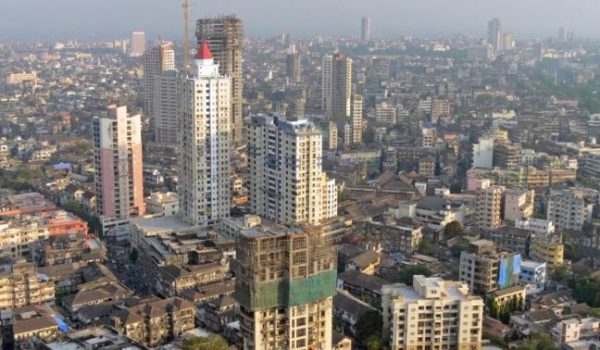Lifestyle
10 of the dirtiest cities in the world

As South Africans we have our fair share of problems. When it comes to rape, crime and safety, we’re are usually ranked at the top of the lists.
Thankfully, when it comes to the world’s most polluted and dirtiest cities, we are no-where near the top 10 in the list of cities that are the dirtiest or the most polluted.
According to World Population Review, 55% of the world’s population lives in cities, up from just 47% in 2000.
And it says this number is expected to increase to 68% by 2050 and continue to trend in the upwards direction for the foreseeable future, and while there are many advantages to living in condensed urban areas, they have the potential to cause serious long-term harm to the environment without the proper sustainable infrastructure in place.
When it comes to the world’s most polluted cities, India’s Ghaziabad was the most dangerously polluted city in the world based on its Air Quality Index (AQI). Six of the world’s top 10 most polluted cities are located in India, according to AQI.
AQI is a metric that determines the toxicity of a city’s air. As a city’s AQI increases, it becomes increasingly inhospitable for human breathability. The AQI takes five factors into consideration: ground-level ozone, particle pollution, carbon monoxide, sulfur dioxide, and nitrogen dioxide.
Ghaziabad in India has an AQI of 110.2. It’s air is considered “unhealthy” or even “hazardous” for most of the year.
Though Ghaziabad is the most polluted city, it doesn’t necessarily count as the dirtiest city in the world.
So here are the top 10 dirtiest cities in the world, according to the volume of waste these cities produce annually.
1. New York, US
New York City is the dirtiest city in the world. Annually, the New York City Metropolitan area produces some 33.2 million metric tonnes of waste. With close to 19 million residents, that’s about 1.75 million metric tonnes of waste per capita, over 1 723.6kg. The majority of New York’s waste is generated by businesses and industries that have begun to ship their waste upstate or even across several states as the landfills reach capacity. While private households are not the bulk of the issue, they are not entirely absolved from the blame.
2. Mexico City, Mexico
Despite having a higher population than New York, more than 128 million, Mexico City produces barely a third as much solid waste as New York City. Mexico City produces 12 million metric tonnes of waste.
3. Tokyo, Japan
Tokyo, the capital of Japan is a world famous mega city, and its third dirtiest city. Tokyo produces a total of 11.90 million metric tonnes of waste despite Japan having a bigger population than New York.
4. Los Angeles, US
Los Angeles is a sprawling Southern California city and the centre of the nation’s film and television industry. As of 2021, Los Angeles’s population stood at 9.83 million and the city produces 11.10 million metric tonnes of waste.
5. Mumbai, India
The current metro area population of Mumbai in 2023 is 21.29 million, a 1.6% increase from 2022. The city produces 10.03 million metric tonnes of waste.
6. Istanbul, Turkey
Istanbul is a major city in Turkey that straddles Europe and Asia across the Bosphorus Strait. With a population of 15.4 million as at the end of 2020, the city produces 9.30 million metric tonnes of waste.
7. Jakarta, Indonesia
Jakarta, Indonesia’s massive capital, sits on the northwest coast of the island of Java. A historic mix of cultures – Javanese, Malay, Chinese, Arab, Indian and European – has influenced its architecture, language and cuisine. With a population of 10.56 million, the city produces 8.64 million metric tonnes of waste.
8. Cairo, Egypt
Cairo, Egypt’s sprawling capital is set on the Nile River. The city had a population of 9.54million as of 2017, and produces 7.09 million metric tonnes of waste.
9. Osaka, Japan
Osaka is a large port city and commercial centre on the Japanese island of Honshu. It is known for its modern architecture, nightlife and hearty street food. The city had a population of 2.69 million as of 2015, and produces 6.70 million metric tonnes of waste.
10. São Paulo, Brazil
São Paulo, Brazil’s vibrant financial centre is among the world’s most populous cities, with numerous cultural institutions and a rich architectural tradition. The city had a population of 12.33 million as of 2020, and produces 6.15 million metric tonnes of waste.






